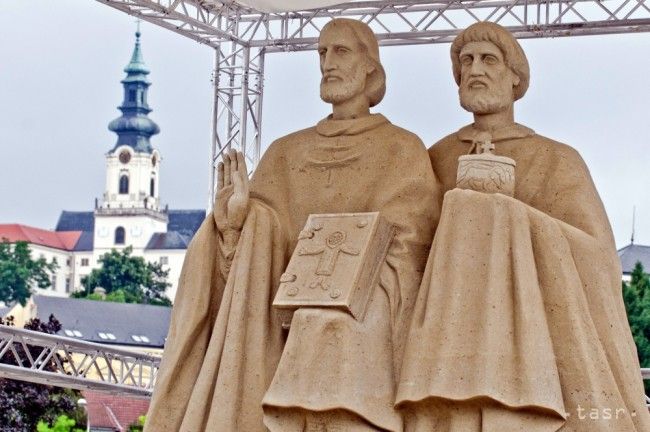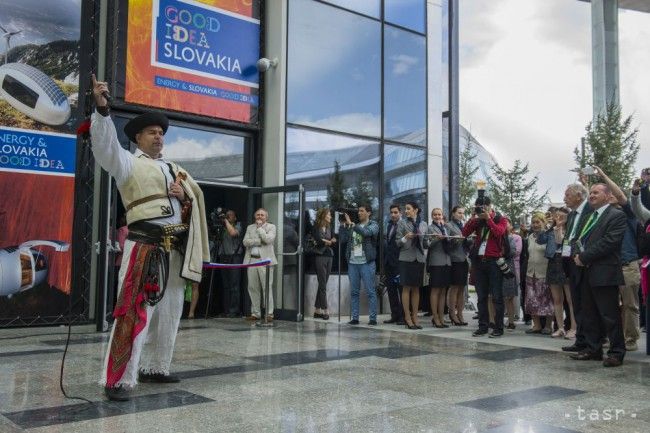Historian: Kingdom of Slavs Was Internally Diverse

Bratislava, July 5 (TASR) – What is in our time called Great Moravia, i.e. a major state of Slavs in central Europe towards the end of the first millennium, was marked by internal diversity, historian Martin Homza from Comenius University in Bratislava told TASR on the occasion of the national holiday of Saints Cyril and Methodius on Wednesday.
“This diversity was seen mainly in uneven economic, ecclesiastical, political and governance levels. Putting it another way, Moravia itself, the area of Nitra, Bohemia and Transdanubia, had different ecclesiastical structures. Apart from that, the areas of the Upper and Lower Tisa River also appear to be quite different from our current perspective, with these areas also making up part of Great Moravia for a certain period,” said Homza.
Even though the state wasn’t homogenous in cultural and ethnic terms, it was “undoubtedly dominated by the Danube Slavs”. This was one of the reasons why – at a time in which the empire of the Franks claimed Roman universality – a political initiative emerged to call this political entity Regnum Sclavorum (Kingdom of the Slavs). This is how it’s been preserved in a letter from Pope Stephen V to Svatopluk, king of Slavs, in 885,” said Homza.
“This term – Kingdom of the Slavs – is, as opposed to the name ‘Great Moravia’, from those times,” said Homza.
Further developments in central Europe had significant effects concerning the Kingdom of the Slavs. “As for its legal successor, this was without any doubt the Kingdom of Hungary, originally designated as the Pannonian Kingdom, which inherited from its predecessor the royal crown and the archdiocese,” said the historian, adding that the most developed territorial entities at the time were the Nitra Principality (Cisdanubia) and the Pannonian Principality (Transdanubia), which were joined by the Bihar Principality.
“Certain Czech princes and kings, most notably Emperor Charles IV, aspired to claim the heritage of the Kingdom of the Slavs … The first members of the Piast Dynasty [in Poland] didn’t mask their ambitions to be designed as heirs of King Svatopluk, either,” said Homza.
The Kingdom of the Slavs featured a special economic and territorial model, reflecting the legal and economic customs of the Frankish empire of the second half of the 9th century, the Avar Khaganate and the common law of the Danube Slavs.
“This hybrid model, based on the unchallenged authority of the central monarch and a military and bureaucratic castle system, was preserved in central Europe until the late 12th century, when our lands began to be feudalised under Western influence,” said Homza.
According to the historian, views of existing sources have changed somewhat in recent years. “Ancient Nitra, linked to the living tradition of Svatopluk, has again become, logically, the epicentre of interest among Slovak scientists dealing with Great Moravia/the Kingdom of the Slavs. This tradition was sidelined under the Czechoslovak state by archaeological findings from Moravia,” said Homza.



